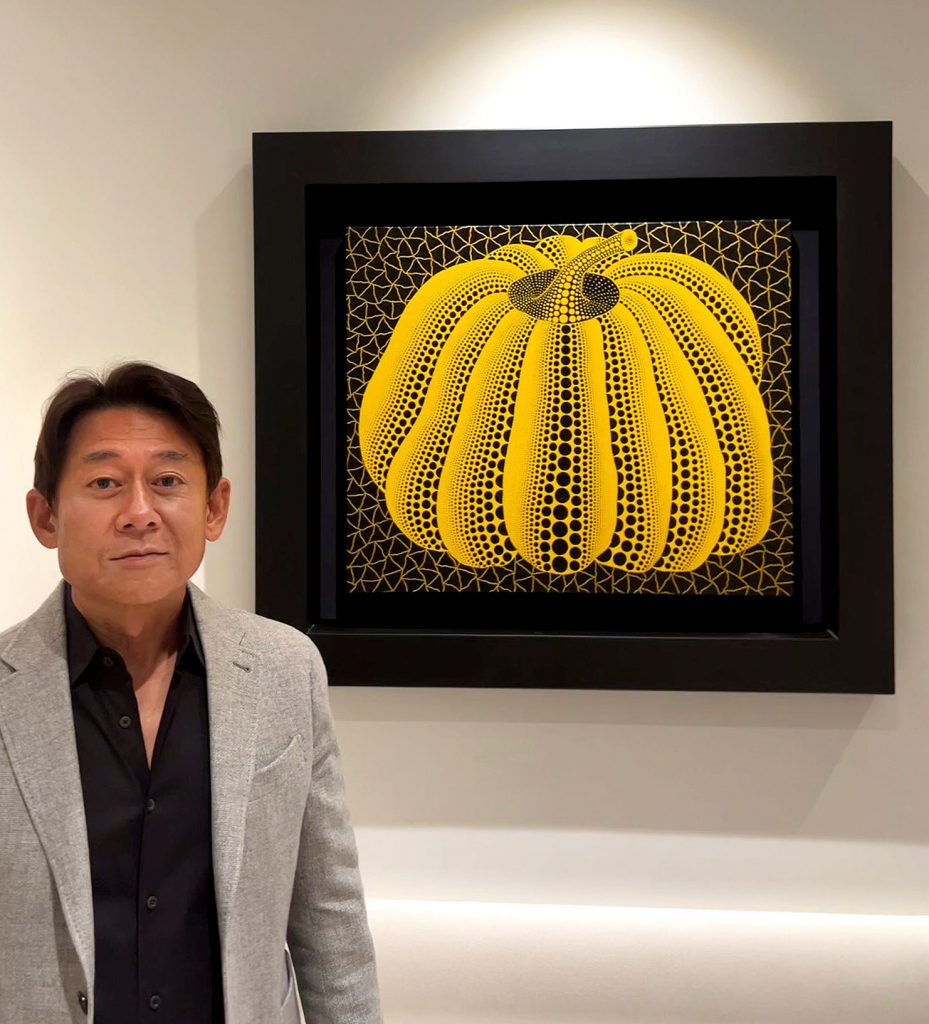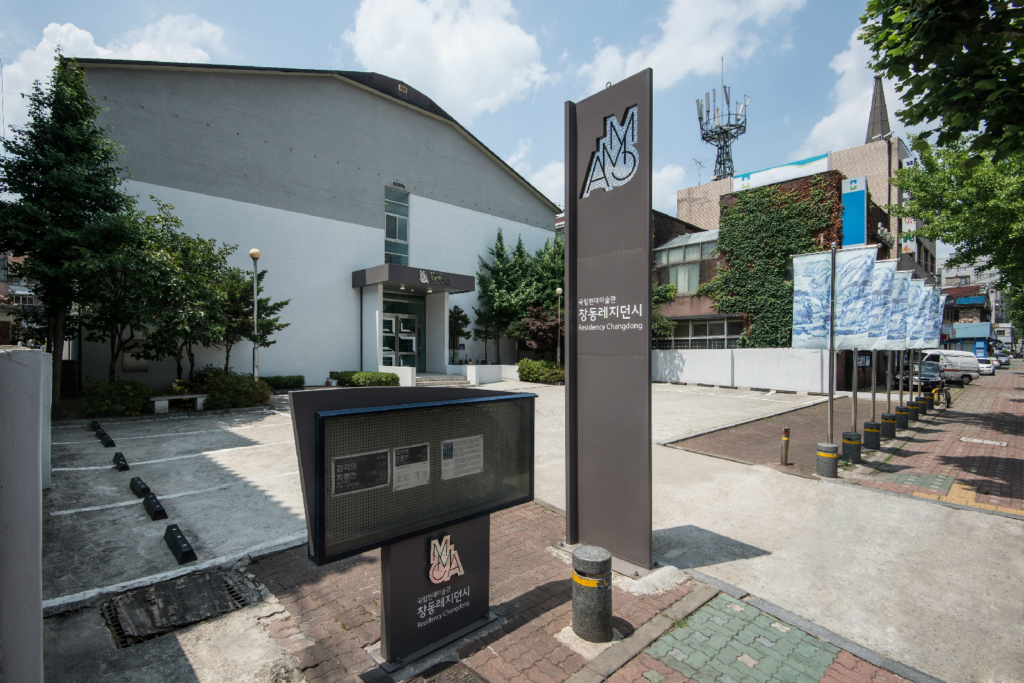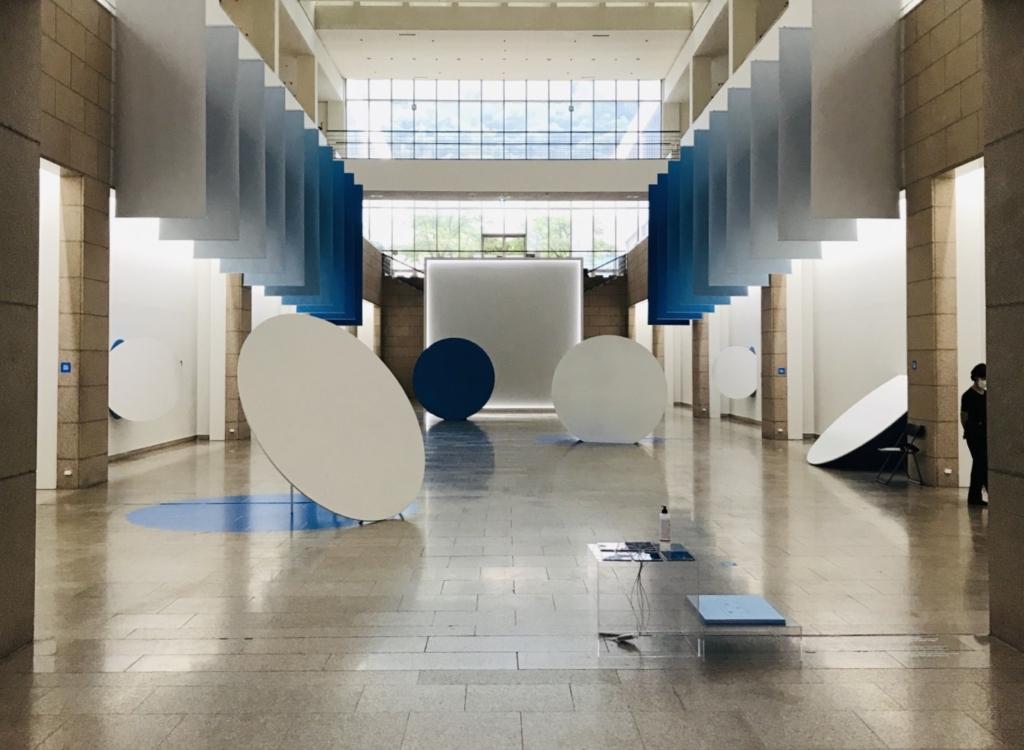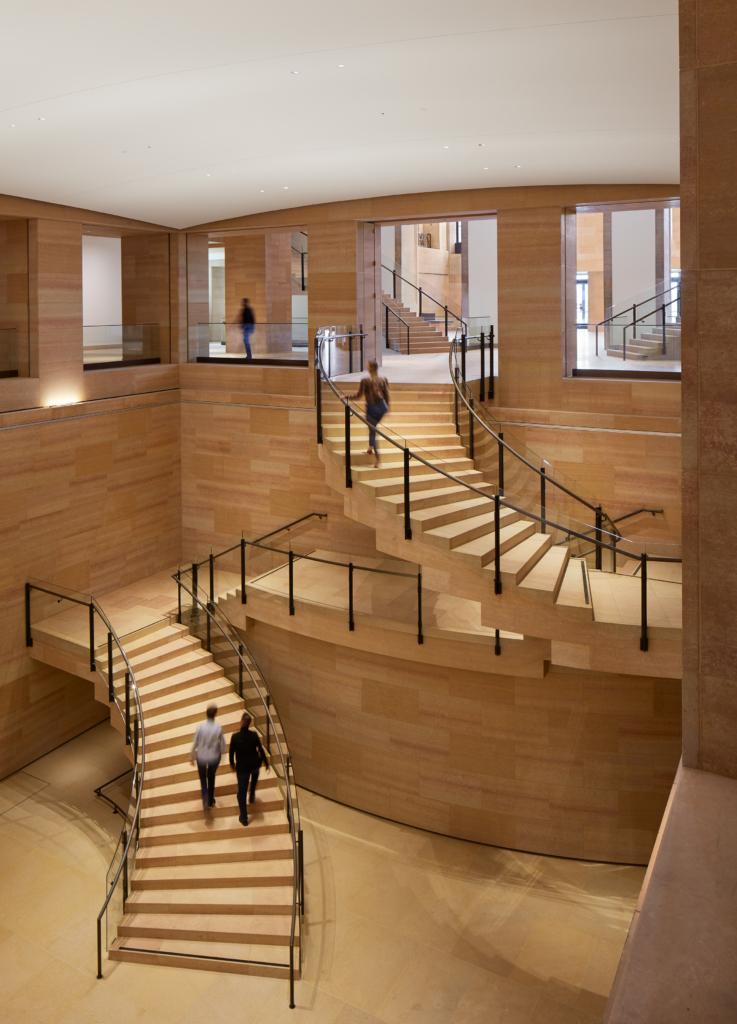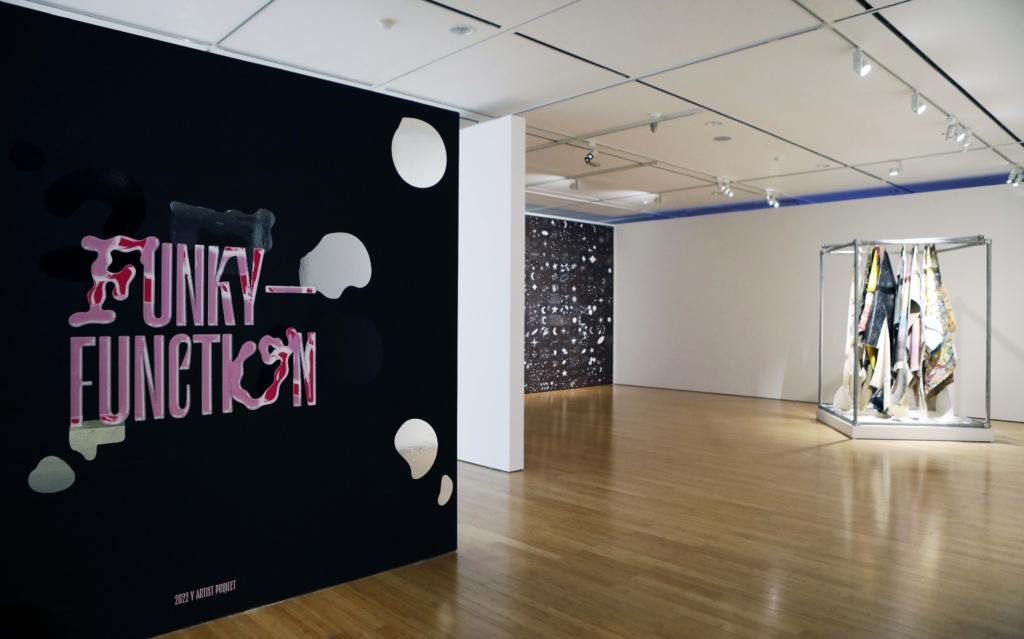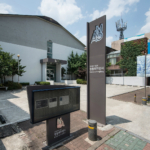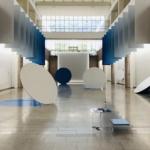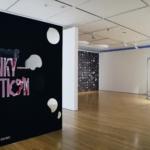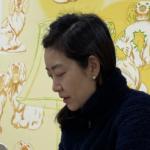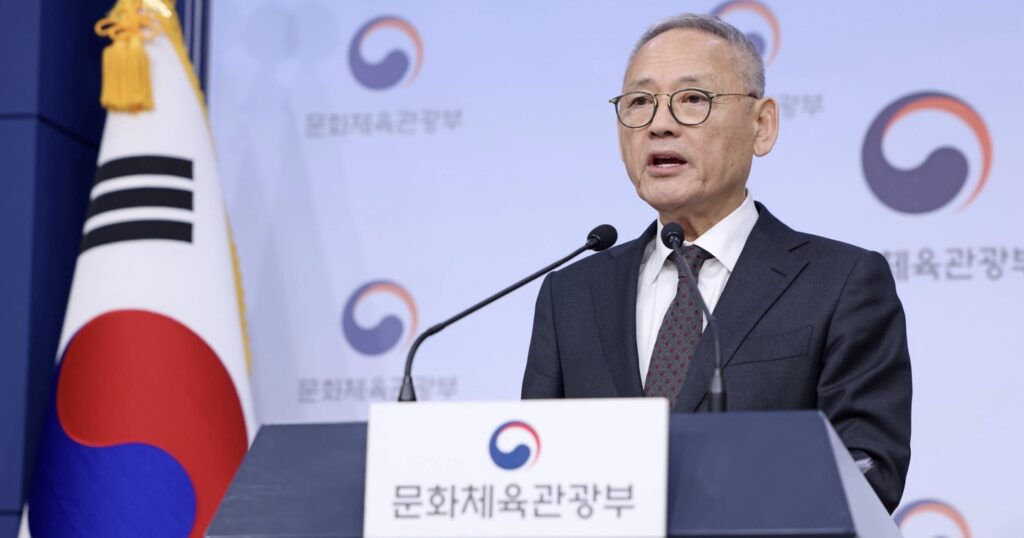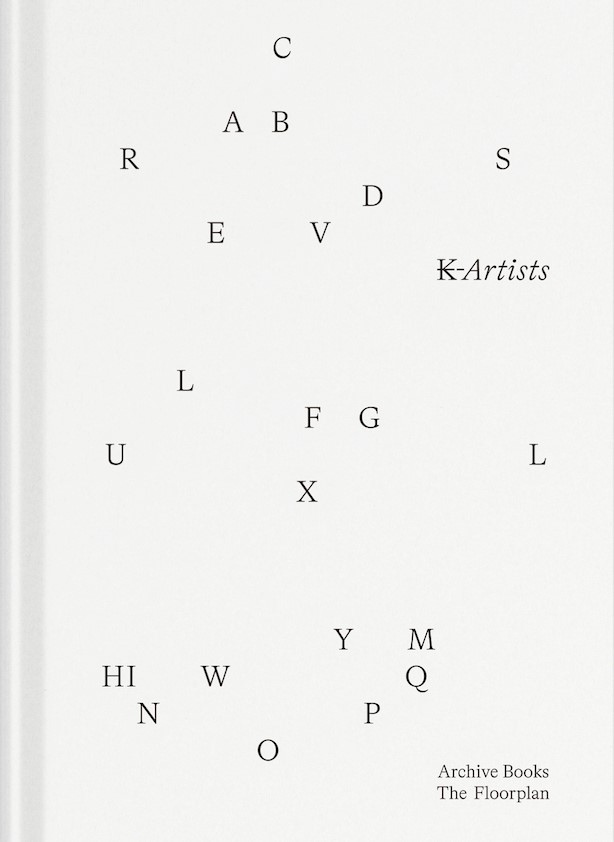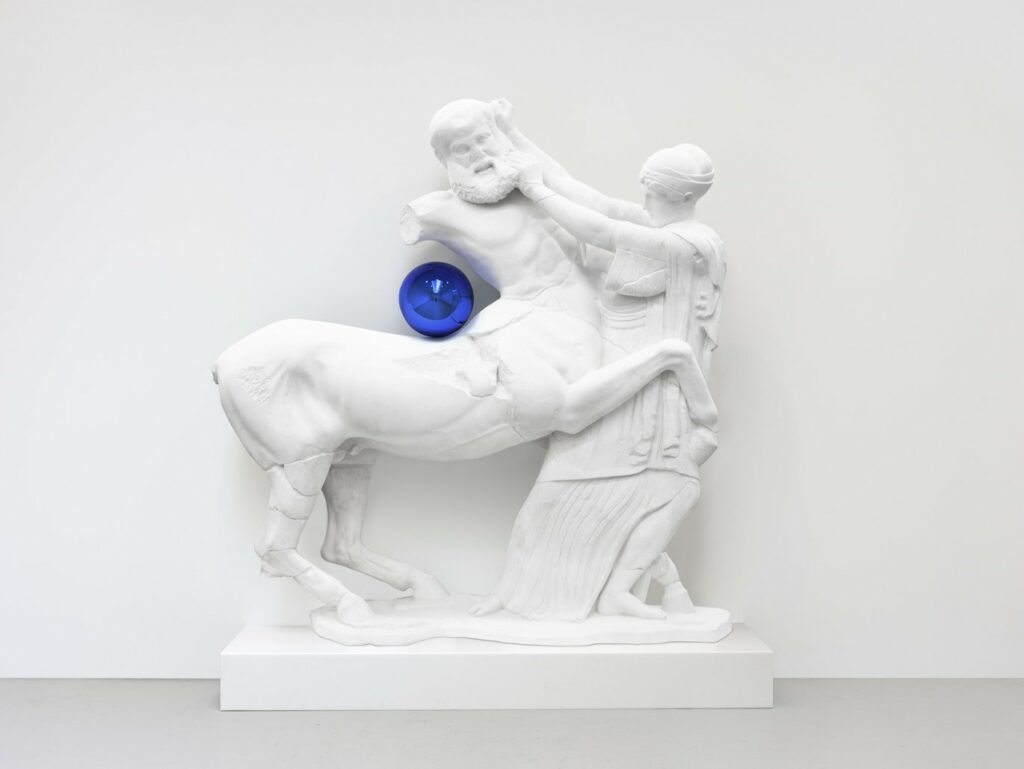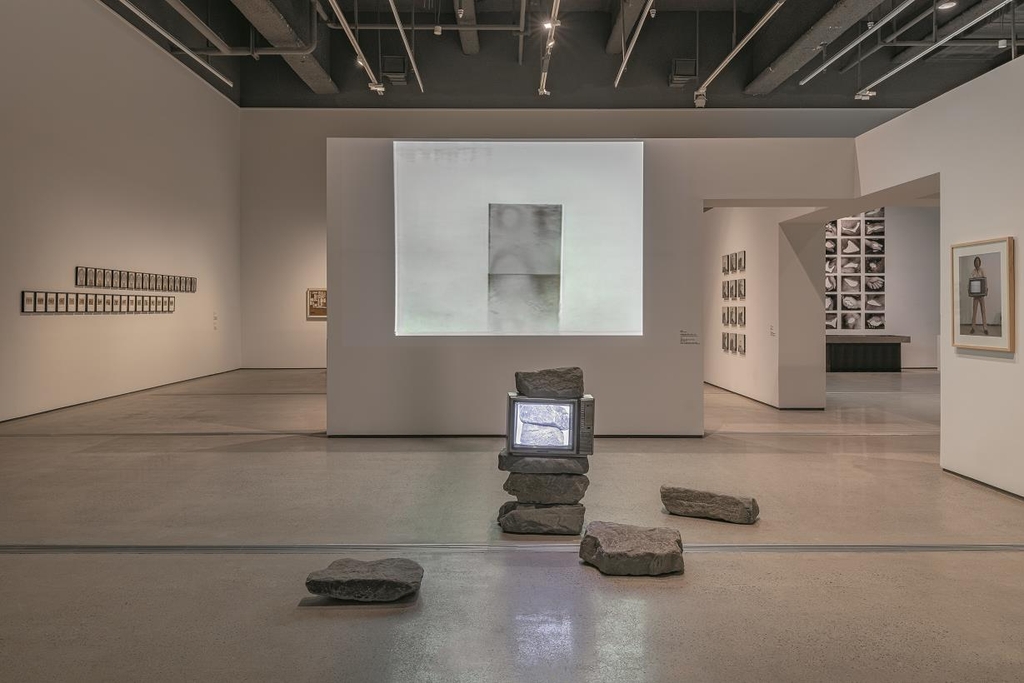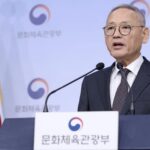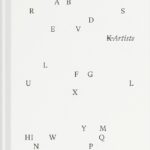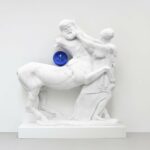Artnet News Interviews With Korean American Art Collector Dow Kim
In Artnet News’ interview with Korean American Dow Kim, the collector revealed his journey into art collecting began in the 1990s. While working as a finance executive in Tokyo, he received news from a colleague about a Japanese art institution selling a number of paintings, which led to his purchase of an original Marc Chagall. Over the years, his tastes have evolved, and he now collects a wide range of Asian and Western contemporary art. Collecting has become an integral part of his life, as he actively participates in international art fairs and auctions as both a buyer and seller and even makes studio visits to build relationships with artists.
In addition to his collecting endeavors, Dow Kim has been involved in various philanthropic activities. He served as a trustee of the Asia Society and founded the Dow Kim Family Foundation in 2018, with a focus on supporting Korean leadership, education, and the arts in the United States. The foundation currently provides financial support to four nonprofit organizations and sponsors the exhibition “Only the Young: Experimental Art in Korea, the 1960s-70s” at the Solomon R. Guggenheim in New York, which runs until January 7, 2024. Kim’s collecting enthusiasm received a boost when he attended Frieze Seoul last year, and he believes that Korea is emerging as a significant art center, with many Koreans and Korean Americans starting their own collecting journeys.
Aproject Company. Co., Ltd | Founder & CEO : Jay Jongho Kim
216 Dosan-Daero, B2F, Gangnam-gu, 06047 Seoul, Korea
Business Number : 894-88-01945
Contact : aproject.company@gmail.com
Mail-order-sales registration number : 제 2021-서울강남-04243 호










